Cold weather, construction, closed eateries and a decrease in demand for exterminators are creating a perfect storm for rodents in Melbourne’s CBD, say local rat-catchers.
The demolition of Docklands’ Central Pier, and the subsequent closure of its local venues, is making the waterfront a hotspot for rats.
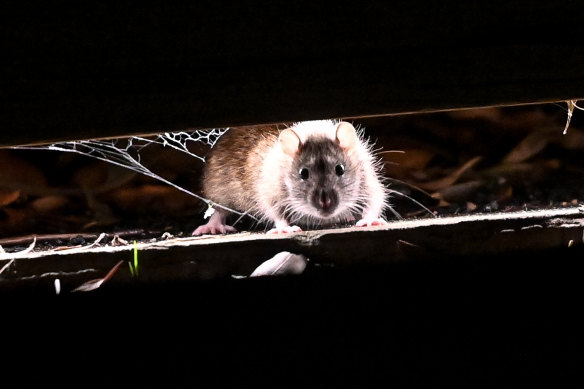
Exterminators have seen an increase in rats in Melbourne this winter, as demand for their services falls.Credit: Justin McManus
“There were a lot of cafes, restaurants, pubs … and they would engage pest controllers to keep on top of those things,” said Pest Control Empire director Tim Clinnick.
“But since the pier has been shut down ... there’s been absolutely nothing happening in terms of rodent control. They’ll just spread uncontrollably.”
Clinnick says as well as rats and mice being more active in winter looking for warmth indoors, there are few natural predators in the city.
“You’re not going to get any birds that will commonly feed on them with owls and even hawks and that sort of thing that you might find in the suburbs. You’re not going to get domestic cats that will hunt them down.”
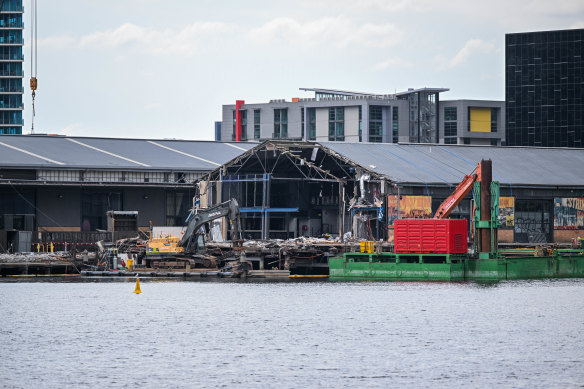
Tim Clinnick says the demolition of Central Pier, and the closure of its surrounding venues, has prompted a surge in rat numbers around Docklands. Credit: Joe Armao
Dylan Hayes, a field biologist at Hayes Pest Control, said the high cost of living meant businesses and individuals were cutting back on exterminators.
“Everyone’s looking after their bottom line,” Hayes said.
“We’re not a massive expense when it comes to the grand scheme of things, [but] unfortunately, I just can see us as being very replaceable because they just go, ‘Oh, no, we can do that’.”
Hayes said effective pest control was a job for professionals and “should be an ongoing thing”.
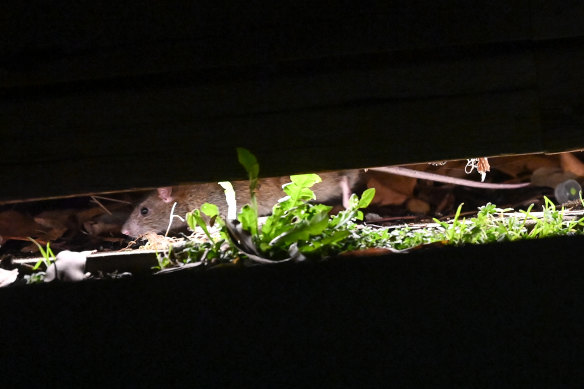
A rat scurries through wooden planks by the waterfront in Docklands. Credit: Justin McManus
And, as people cut back on services, rodents thrive.
“We recommend minimum monthly attendance, but they’re pushing us back to eight weeks and 12 weeks between visits, which is just not enough to ensure that there’s always fresh bait inside any new entry points,” Hayes said.
With more people taking a DIY approach to pest control, there’s an increased risk of unsafe baiting, which can have an unintended deadly impact on other wildlife, said John White, an associate professor from Deakin University’s School of Environmental Sciences.
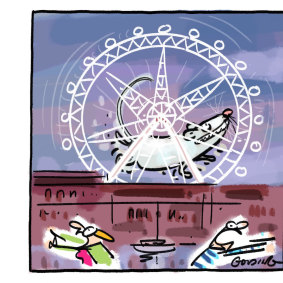
Credit: Matt Golding
Most rat poison available in supermarkets and hardware stores stays in a rodent’s system for a week or so. If they’re eaten by other animals, it poisons and kills them too.
White said that while people were better off hiring experts who understood the regulations, “regardless of who is putting them out, the toxins are things that do make it into our ecosystem”.
Indiscriminate use of poisons can also kill possums and native rodents, such as the rakali, a river rat that lives in the waterways around Victoria and the city, and can unwittingly eat the bait. The native rakali is larger than the introduced brown and black rats and has a white-tipped tail.
“They will definitely be killed by the same poisons,” said White.
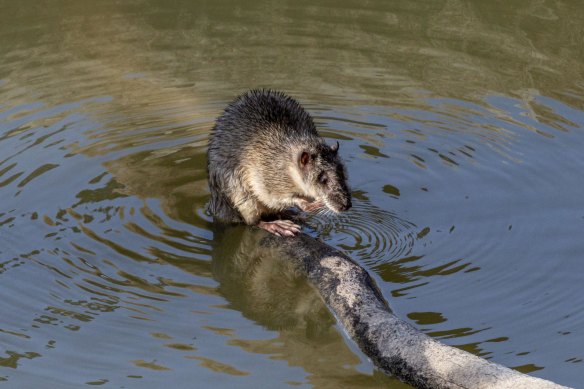
The native rakali is vulnerable to commercial rat poisons.Credit: Alamy Stock Photo
For introduced rodents, Hayes expects rat movements to quieten down in summer.
“There’s still always a bit going on,” he said. “In Melbourne itself, there’s a lot of mouse activity.”
Get the day’s breaking news, entertainment ideas and a long read to enjoy. Sign up to receive our Evening Edition newsletter here.